Repoussé or repoussage is a metalworking technique in which a malleable metal is ornamented or shaped by hammering from the reverse side to create a design in low relief.
There are few techniques that offer such diversity of expression while still being relatively economical. Chasing is the opposite technique to repoussé, and the two are used in conjunction to create a finished piece. It is also known as embossing.
While repoussé is used to work on the reverse of the metal to form a raised design on the front, chasing is used to refine the design on the front of the work by sinking the metal. The term chasing is derived from the noun “chase”, which refers to a groove, furrow, channel or indentation. The adjectival form is “chased work”.
The techniques of repoussé and chasing utilise the plasticity of metal, forming shapes by degrees. There is no loss of metal in the process, as it is stretched locally and the surface remains continuous. The process is relatively slow, but a maximum of form is achieved, with one continuous surface of sheet metal of essentially the same thickness. Direct contact of the tools used is usually visible in the result, a condition not always apparent in other techniques, where all evidence of the working method is eliminated.
It can be laborious to create jewelry or art using repoussé and chasing techniques, although with practice, complex and delicate pieces can be made which would be virtually impossible to complete using any other method.
